I spent six years as the caretaker of a Hasselblad XPan, one of the most unique cameras ever made. It was a rangefinder camera that used 35mm film to capture a frame roughly 2x the size of a standard 4:3 ratio frame.
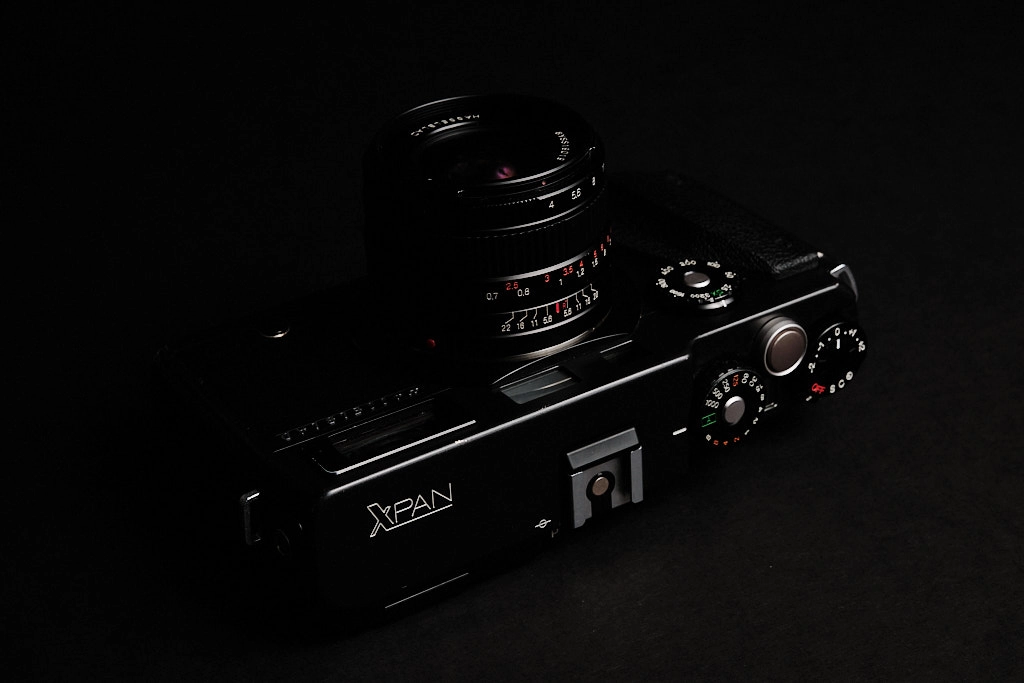
Instead of 36mm x 24mm negative, you got a 65mm x 24mm negative. This is the same height as any standard 35mm negative, but the extreme width made for an utterly unique perspective in a single frame. The 45mm lens gives what you roughly expect to see from a 50mm lens—and this is reinforced by the vertical tightness of the frame—but then you get more context on either side.
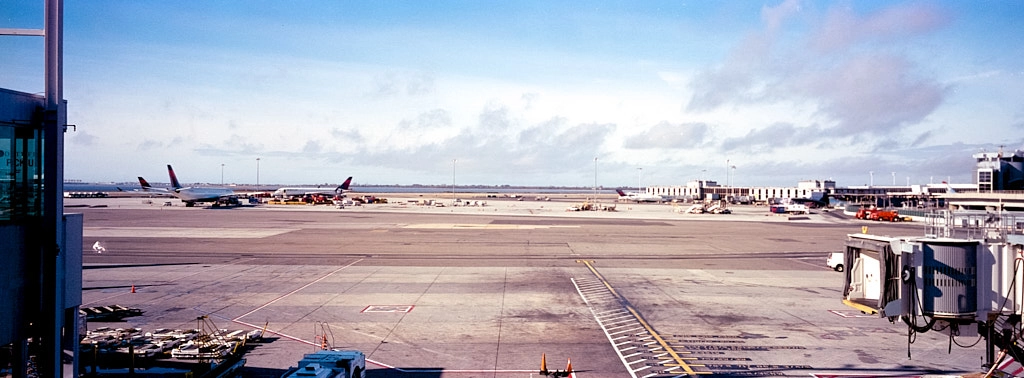
It was an absolute joy to compose with because of this, composing the widest possible frame that containing and suggesting an otherwise familiar field of view, and because you’re doing this through the viewfinder, focusing with the rangefinder.
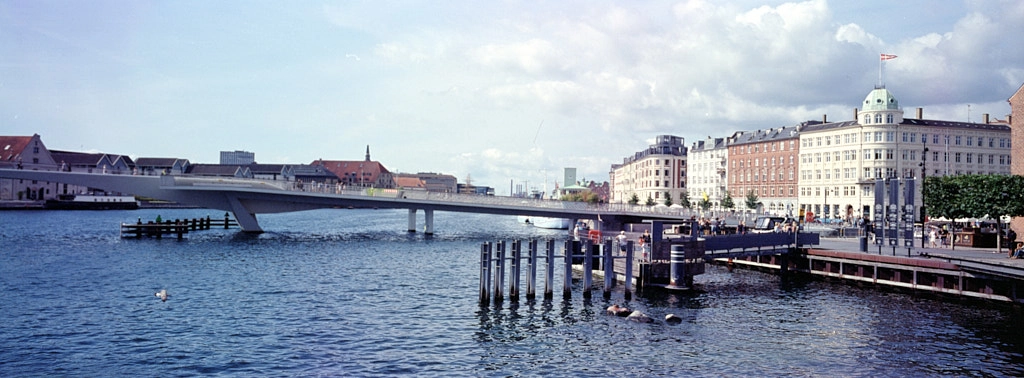
Souring on film
The only problem—and I stress, the only reason I stopped using this gem of a camera as much as I should’ve—is film. I know film has been having a renaissance moment, but—and I say this as someone who got his start in a black and white darkroom—I’m kind of done with it.
Traveling with film is annoying, and won’t stop any time soon. X-ray scanners and worse are increasingly proliferating. Sure, you can come up with all kinds of logistics around it, mailing your film to avoid unfriendly airports, etc, but that adds more overhead.
Then you’ve got to scan it, and scanning film is either really expensive or as terrible experience to do by hand. I’m just… done.
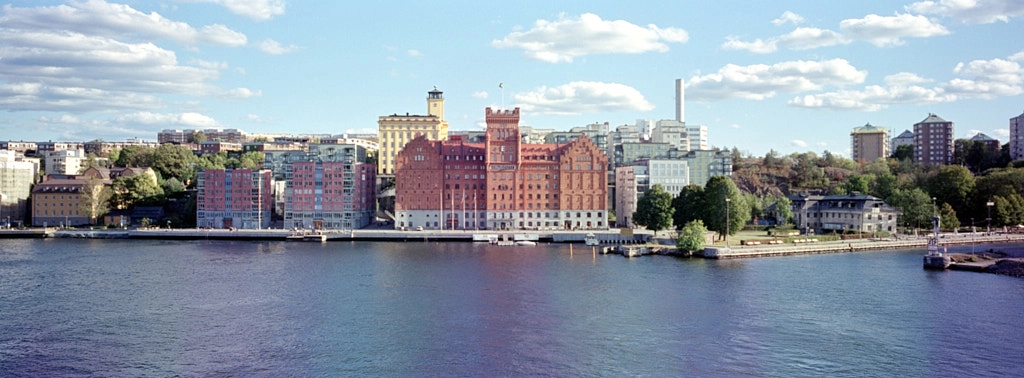
This is why I sold my XPan. It is a camera that deserves to be used, not to sit around because I can’t be bothered with film. But oh it was such a joy, especially in composition.
A digital XPan?
It’s unlikely any company would put a 65mm x 24mm sensor into any camera, so digital options are limited to cropping. You can crop any image to that 65:24 ratio, of course, but part of the experience of the XPan is framing that way in-camera—learning to see the familiar frame wider.
There are a few cameras that let you do this: the two modern mirrorless medium format mainstays, Fujifilm’s GFX cameras and the Hasselblad X cameras with their 44mm wide sensors. But there is one option that I don’t see talked about very much: Panasonic’s Lumix S series cameras and their 36mm wide sensors.
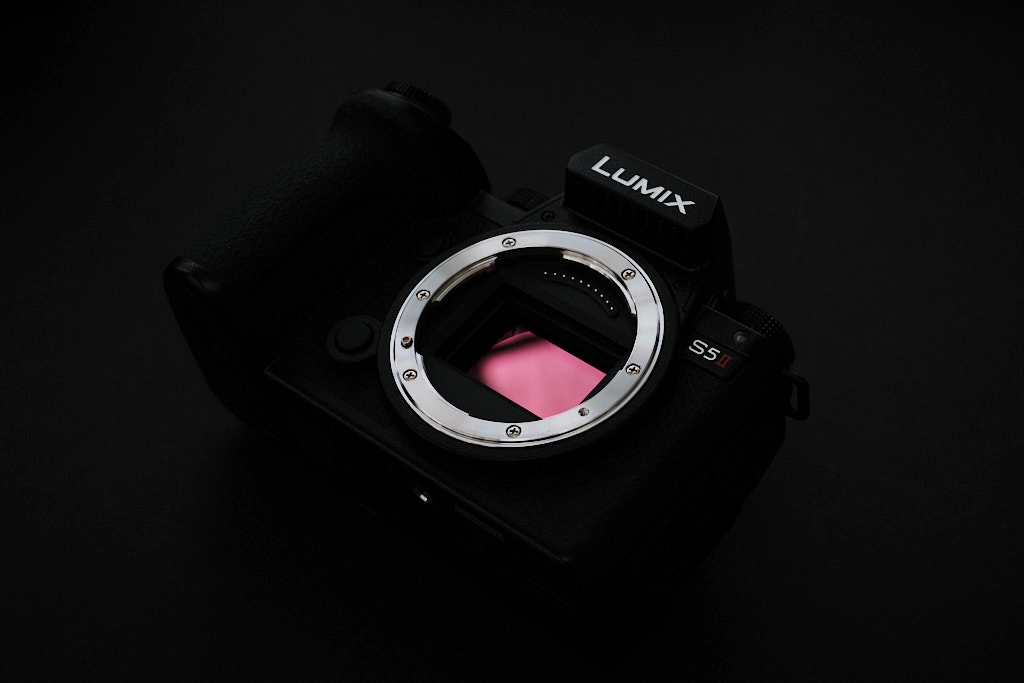
The S5 II is about as working class a camera as you can get—there’s nothing approaching the sexiness of the XPan about it. It is supremely comfortable in the hand, it must be said; the ergonomics are great.
It is definitely not a rangefinder either; it’s a DSLR-styled mirrorless camera. You’re not composing through a separate optical viewfinder. But it has a native 65:24 crop, allowing you to see the XPan-sized frame and to compose within it.
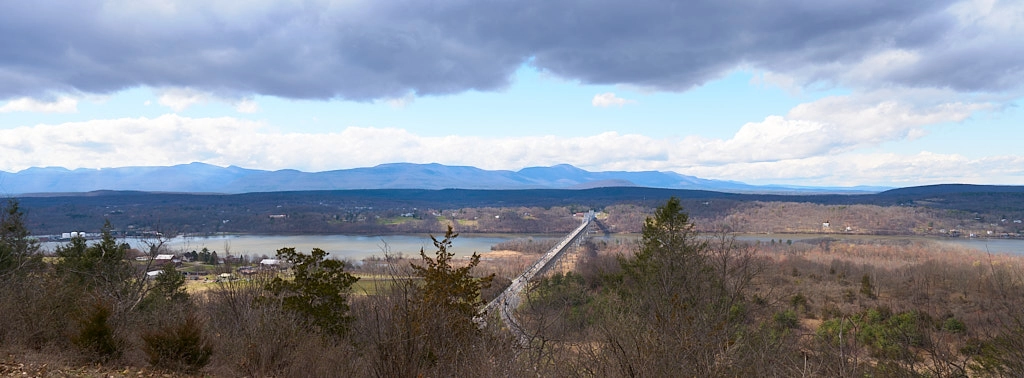
And… this is enough for me. Pairing a Panasonic Lumix S5 II with the Sigma 24mm f/2 prime lens gives the same field of view as the XPan with its 45mm lens (and the Sigma is two stops faster too).
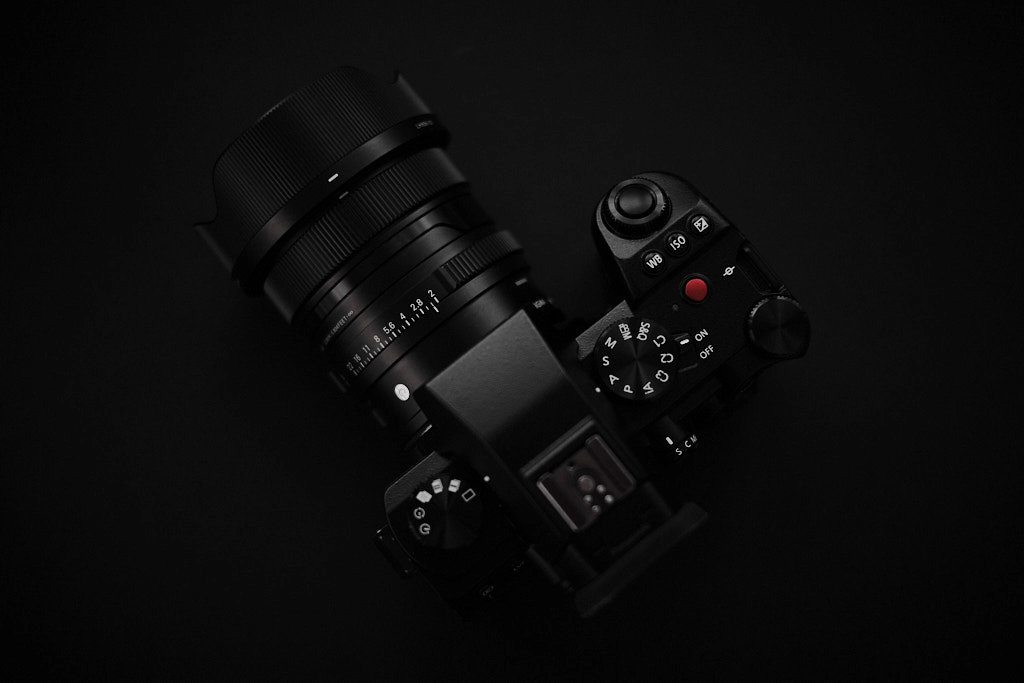
The Sigma 17mm f/4 will give the same field of view as the XPan’s 30mm wide angle lens—which is exceptionally rare, expensive, and required a separate viewfinder for the XPan.
The only downside is the megapixel cost: the S5 II is 24MP natively. When you apply that 1.8x crop you end up with a 13MP image. Not terrible, especially in the modern world of machine learning-based upscaling, but not ideal.
The S5 II does have a handheld high resolution mode that can capture 96MP, but this doesn’t offer you an XPan 65:24 crop, unfortunately. You could theoretically compose a 24MP 65:24 frame, then take the composition with the high resolution mode, and crop it in post to match for 53MP image.
An S1R might be a better choice here. Its 47MP sensor would give you 26MP images when cropped to 65:24. But it’s a substantially larger camera.
Of crops and composition
But, you might ask, why use an XPan-ratio crop when the point of the XPan was exactly the opposite; it was nearly two 35mm frames wide, not a crop of a 35mm frame.
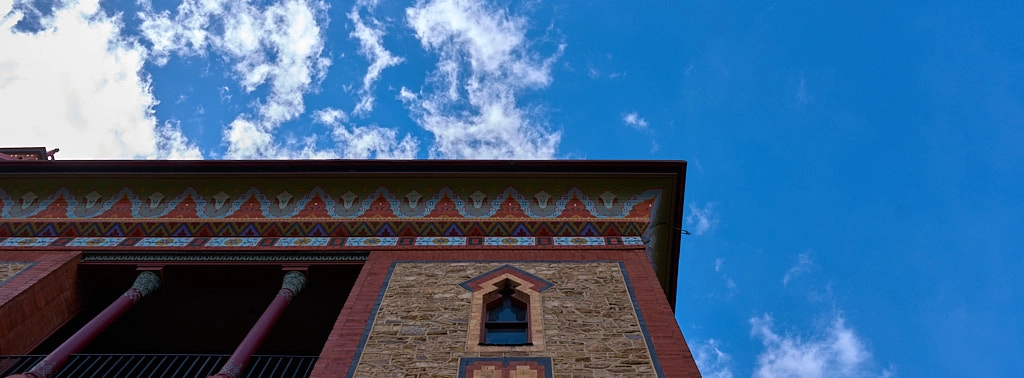
I think it is, because the final composition doesn’t care about real estate, on film or otherwise. No one is going to admire a 65mm-long frame more than a 36mm-long one. No, the impact that the XPan framing has is in the composition: what is inside the frame, and how it is arranged, as with all photography. The S5 II lets me compose in that frame, which is what I want to do.
I’m not totally happy with the look I get from the Panasonic files yet, but I’m still learning how I want to process them — certainly they have a different vibe than film, but what I’m looking at for the purpose of this post is the experience of taking the photograph.
As for the other thing I enjoyed about using XPan, the rangefinder, well… that’s another post.